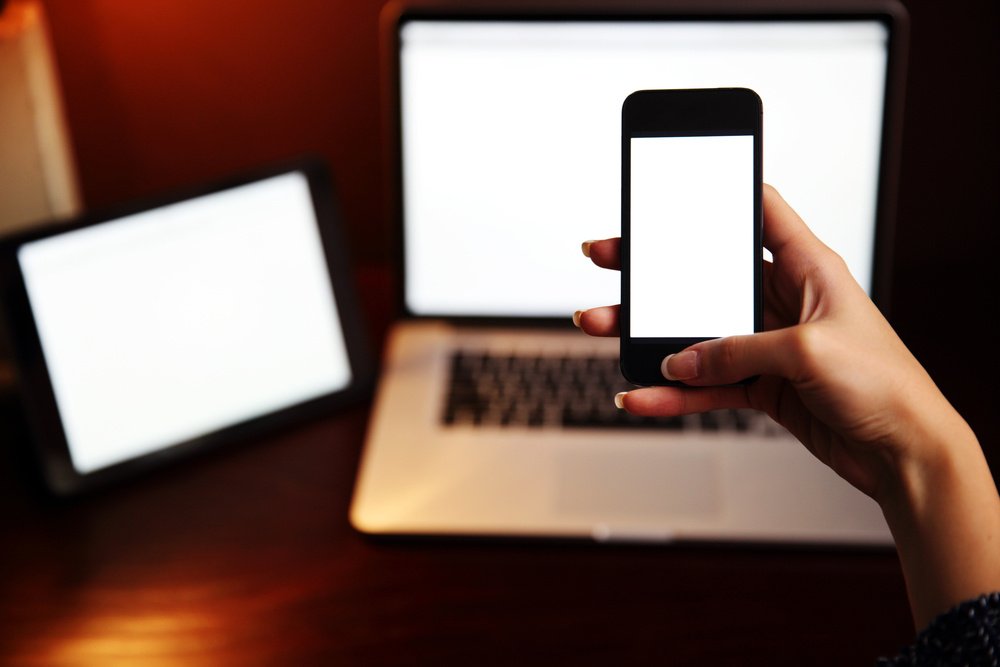 Long-range wireless charging allows devices to be charged several feet or meters using radio frequency (RF) systems and resonant inductive coupling. This technology offers convenience by eliminating cables, increases security and reduces clutter.
Long-range wireless charging allows devices to be charged several feet or meters using radio frequency (RF) systems and resonant inductive coupling. This technology offers convenience by eliminating cables, increases security and reduces clutter.
Long-range wireless charging is used in consumer electronics, medical devices, and the automotive industry. Continued developments promise significant market growth, especially in the field of industrial automation, where remote charging can improve efficiency and safety. According to BIS Research, the long-range wireless charging market is forecast to reach $3.27 billion by 2035.
This article explores the top 5 developments driving the $130 million long-range wireless charging market.
1. Aalto University’s breakthrough in the efficiency of distance charging
Aalto University researchers have developed a new wireless charging technique that significantly increases efficiency over longer distances, making outdoor charging more practical.
Engineers use a system with two loop antennas, each about 7.2 cm wide, to balance power transmission with radiation loss. This setup increased the efficiency of wireless power transfer to more than 80% even from a distance.
This breakthrough could allow future devices to be wirelessly charged without having to place them on a bench. This innovation has applications in many fields, including biomedical implants and consumer electronics.
2. WattUp long range wireless charging is FCC approved
Energous Corporation has received US FCC approval for WattUp, a 900MHz 1W Active Energy Harvesting transmitter technology that enables unlimited wireless charging distance. This complements the previous European approval, enabling the expansion of wireless power solutions for IoT devices.
The technology supports simultaneous charging of multiple devices at any distance, improving IoT applications in sectors such as retail, industrial and smart homes.
This development is expected to accelerate the adoption of battery-free BLE beacons and improve the range of IoT sensors.
3. Xiaomi Mi Air Charge technology
Xiaomi introduced “Mi Air Charge Technology”, a wireless charging system that can charge devices within a radius of several meters at 5W, even in the presence of physical obstacles. It can charge multiple devices at the same time, including smartwatches and fitness trackers, and is intended to remotely power smart home devices such as speakers and lights.
The technology uses spatial positioning and energy transfer, using a charge stack containing phase interference antennas to locate devices and beam millimeter waves to them.
4. Powercast demos at CES 2024
At CES 2024, Powercast showcased a wide range of wireless power applications, highlighting short- to long-range and variable-power solutions. This presentation featured systems for charging a variety of devices, highlighting the versatility and potential of wireless power technology in various scenarios, from consumer electronics to industrial applications.
In 2023, Powercast partnered with Nichicon to integrate radio frequency (RF) charging into Nichicon’s new smaller lithium titanate oxide rechargeable batteries. The partnership aims to create compact, environmentally friendly devices that reduce e-waste and maintenance costs.
Combining Powercast’s RF wireless charging with Nichicon’s batteries enables wireless charging of small devices such as pens, wireless thermometers, medical devices and IoT sensors.
In addition, Powercast and Powermat have joined forces to offer comprehensive wireless power solutions. This collaboration leverages Powercast’s RF expertise and Powermat’s SmartInductive technology to provide short- and long-range wireless power solutions.
5. DARPA’s long-range wireless charging for military vehicles
DARPA is developing remote wireless power transfer technology to enable in-flight charging of drones, Dr. Led by Ifana Mahbub of the University of Texas. This project uses phased-array antennas to direct electromagnetic beams, minimizing energy loss over long distances and improving drone efficiency and mission capabilities. Potential applications extend beyond drones, including wireless charging of electric vehicles and medical implants.
In parallel, DARPA is developing the POWER (Persistent Optical Wireless Energy Relay) system, which aims to wirelessly transmit 10 kW of electrical power over 200 km using lasers.
This system is aimed at military applications such as long-range propulsion of aircraft and vehicles, potentially eliminating the need for mid-air refueling. The POWER system overcomes the limitations of traditional wireless charging, which is based on proximity and low power transfer, by using lasers for continuous operation when there is line of sight.
The key challenge is maintaining this line of sight to minimize energy loss, which DARPA aims to solve with a network of relays in the upper atmosphere. This technology also has civilian applications, such as solar power plants installed in space that transmit energy to Earth.
The road ahead
The future of the long-range wireless charging market looks promising, driven by technological advancements and growing demand for convenient, cable-free power solutions.
Innovations in resonance and RF-based charging extend the range, making it feasible in consumer electronics, electric vehicles, and IoT devices. Integration with smart home ecosystems and public infrastructure is expected to accelerate adoption.
As standards evolve and efficiency improves, the market is poised for significant growth. Key players are investing in R&D to improve the efficiency and safety of power transmission, making long-range wireless charging a cornerstone of the next generation of connected, smart devices.
About the publisher: BIS research is a global market research, research and consulting firm focused on emerging technology trends that are likely to disrupt the market. His team consists of industry veterans, experts and analysts with diverse backgrounds in consulting, investment banking, government and academia.
